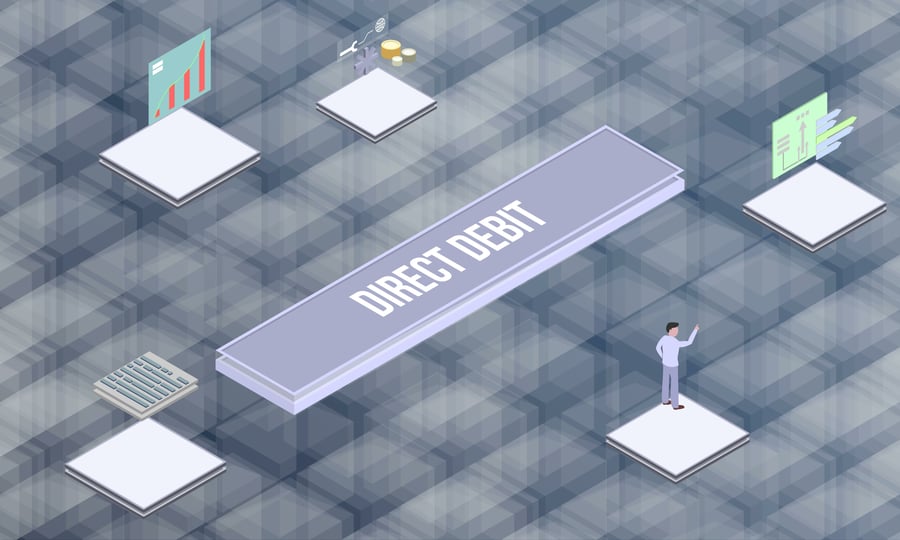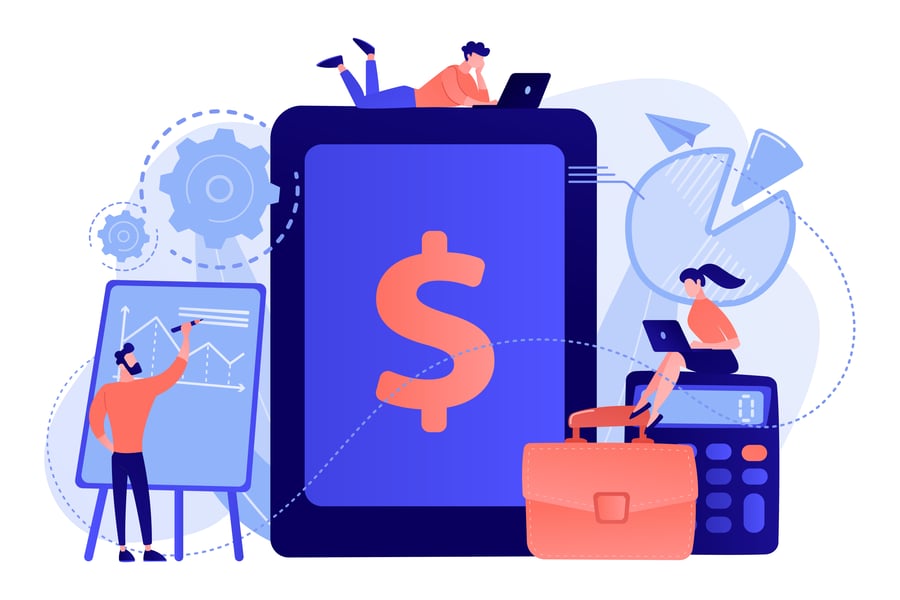Payment terms play a major role in your cash flow management. Some businesses manage this by requiring payment in full before completing any work. But that’s quite rare these days. Most businesses will send an invoice upon completion of work and then allow another 30 days, 60 days or 90 days before demanding payment.
So, how do you decide which payment terms are right for your business? This should come down to two factors - how much credit you’re willing to extend and how long you can afford to wait for payment. Now, if you’ve already been working with a customer and they have shown a pattern of making late payments on a frequent basis, this could signal that it’s time to adjust their payment terms.
This is where our Trade Payment Data Program is tremendously valuable because it’s based on the real-life payment experiences of businesses worldwide. So, if you’re in talks with a potential customer, you’ll definitely want to look at this data to understand their payment behaviors and determine what level of risk the customer could pose for your business. For example, you can see how many invoices have been paid, how many are outstanding, the average invoice value and how many days beyond terms (DBT) invoices were paid. Beyond that, you can also benchmark your customers against other companies in the same region and industry. This data is your best ally. If a customer is notorious for paying invoices late, then you can use the data to decide whether to renew a contract with an existing customer or shorten the payment terms.
Of course, the payment terms you set up at the start of your working relationship with customers may not make sense as the relationship grows and matures. So, you might need to adjust your original payment terms. That’s perfectly alright. Just ask yourself (and your finance manager) a few key questions before you make any changes, such as:
Would a change in payment terms affect a large portion of our existing customers?
Are certain payment terms standardized in our industry? Is a change really the right move?
Since larger businesses often have their own default terms and conditions, is there any flexibility to change this? If they won’t change the terms, are we willing to lose the business?



